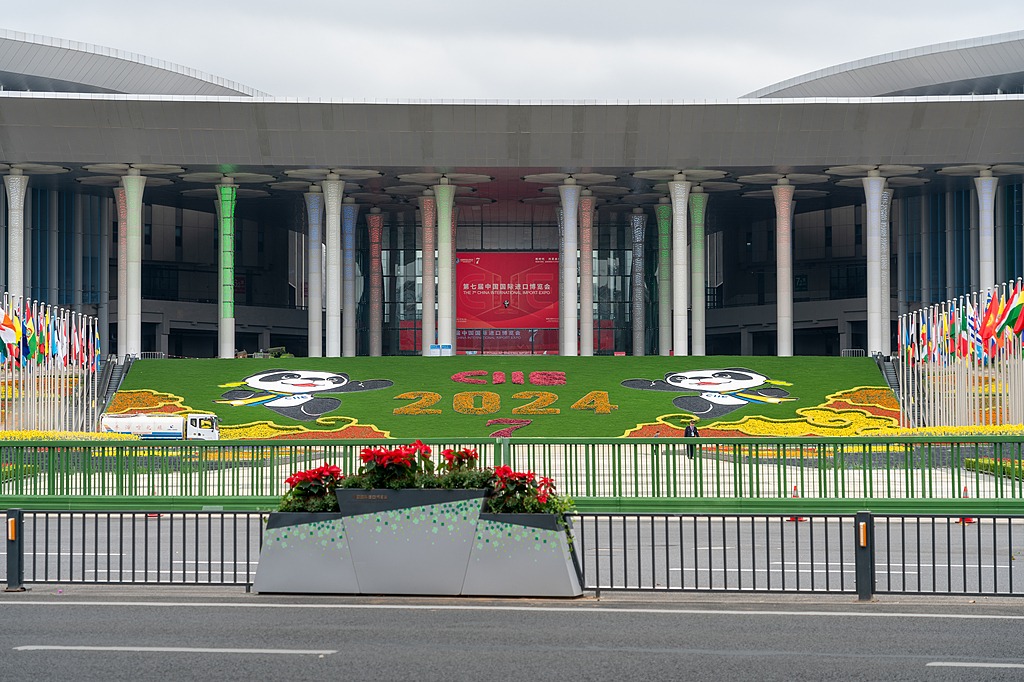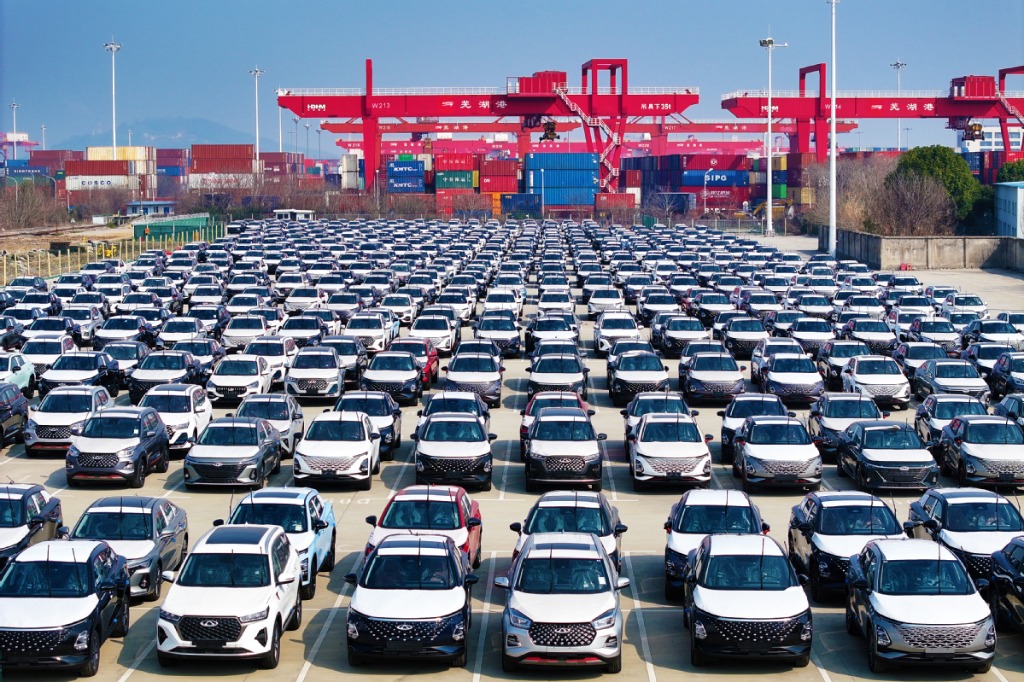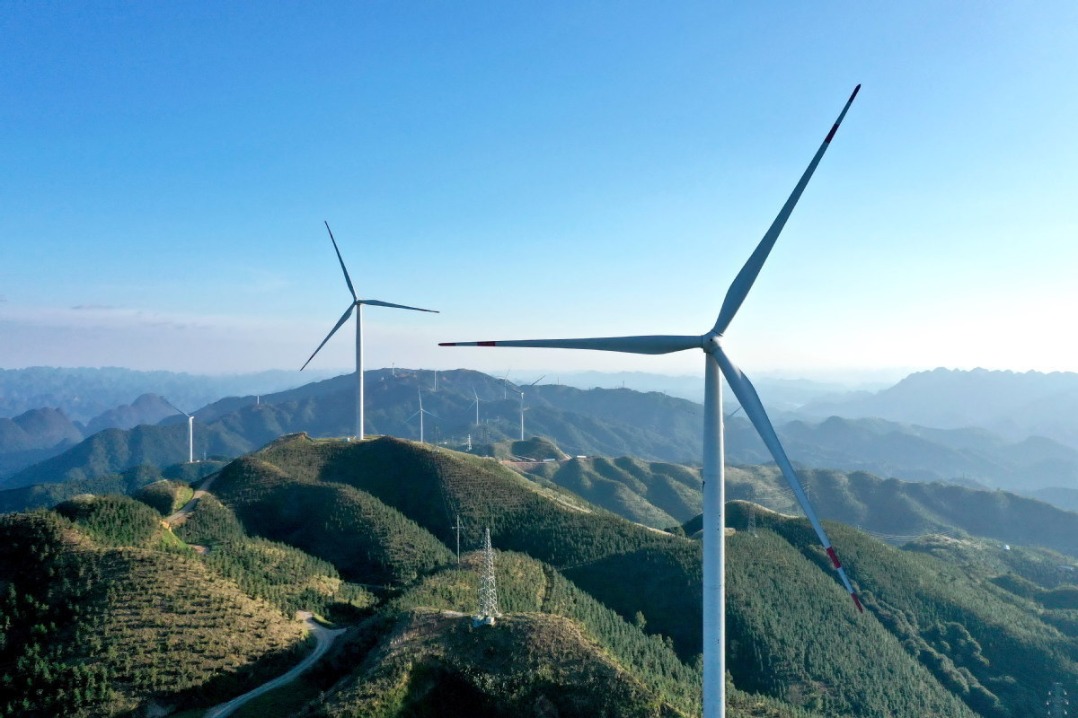China's new opportunities for foreign capital


The idea of "new quality productive forces" stems from the urge to move beyond traditional economic growth paths and pursue high-tech, high-quality development. By using new quality productive forces to upgrade its industries, China is also creating new opportunities for foreign capital to grow. This can be understood through three key dynamics.
First, new quality productive forces create an open economy. China, as a leading example of an open economy, is raising its standards in investment, services and the digital economy by facilitating "institutional openness". This distinct Chinese concept of openness emphasizes adjustments of rules, regulations, management and standards in line with global benchmarks.
The third plenary session of the 20th Central Committee of the Communist Party of China emphasized the importance of deepening reform to attract more foreign investment and ensure foreign enterprises get the same treatment as domestic enterprises in terms of market access, standards and government procurement. This will create a competitive but fair playing field.
Second, new quality productive forces promote innovation and high-end cooperation, shifting foreign investment toward higher value-added fields, with China's expanding institutional openness helping improve the quality of foreign investment. No wonder last year saw the setting up of 53,766 new foreign-invested enterprises, up 39.7 percent year-on-year, with actual foreign investment in high-tech manufacturing increasing by 6.5 percent, according to Ministry of Commerce data.
This shift has made multinational enterprises' executives visiting China more interested in the country. While Apple has announced it will set up new R&D centers in Shenzhen and Shanghai, AstraZeneca said it will establish an advanced drug manufacturing unit, and some major global automakers stated they have plans to set up R&D hubs in China. This is good news before foreign capital brings with it advanced technologies that, working in synergy with Chinese companies, can boost efficiency, reduce costs, and increase the potential of new patents and tech transfer.
The synergy between China's economic transformation and the sustained growth of high-level foreign investment shows how the Chinese and global economies can achieve efficient integration.
Third, new quality productive forces have huge potential to contribute to the development of industry chains. The third plenary session said foreign enterprises ought to be encouraged to engage in upstream and downstream collaboration within China's industry chain. This should allay fears that China's push for self-sufficiency in certain fields would exclude foreign companies, and reaffirm that they remain essential partners in China's pursuit of higher-quality development.
In September, China introduced a new "negative list", removing all restrictions on foreign companies' entry into the manufacturing sector. In the auto industry, 2020 saw the removal of equity caps on foreign commercial vehicle manufacturers, and 2022 witnessed the removal of similar restrictions on passenger vehicle makers. Also, foreign enterprises can now establish more than two joint ventures in China. These moves show China remains committed to open collaboration, which, given its vast market and comprehensive industry chain, will draw high-level foreign partners across the value chain, fostering global resource integration.
Foreign investors stand to benefit in multiple industries. Traditional industries, especially the labor-intensive sectors, have significant potential for upgrading and transformation. New quality productive forces rely on a complex system of labor, capital and production processes, where skill levels, technological know-how and social integration shape productivity and its trajectory. With China moving away from the "market for technology" model, the labor-intensive sectors can overcome the problem of rising labor costs by using advanced, adaptable technologies. And with policy support, the market potential of these sectors can be unleashed, attracting more foreign investment.
Emerging and future industries, too, require foreign participation. Developing new quality productive forces means prioritizing innovation and industrial upgrading, and creating new growth avenues in green energy, smart manufacturing and the digital economy.
Due to the lengthy investment cycle and uncertainties involved in commercializing future technologies, venture funds will play a key role in the economy, with foreign capital being critical for boosting productivity.
Moreover, the growing role of services as a key productivity component reflects the deepening social division of labor, with new productivity driving demand for high-quality production-related services. China's expanded and high-quality opening up in the service sector will create a huge market and development opportunities for global service trade enterprises. The high potential of the services sector can be gauged from the fact that in the first eight months of the year, China's foreign trade in services reached 4.89 trillion yuan ($686.44 billion), up 14.3 percent year-on-year.
In other words, the development of new quality productive forces will attract more foreign investment and draw global players to be part of China's industrial transformation.
Su Qingyi is a researcher at the Institute of World Economics and Politics, Chinese Academy of Social Sciences; and Jiang Yang is a postgraduate at the same institute.
The views don't necessarily represent those of China Daily.
If you have a specific expertise, or would like to share your thought about our stories, then send us your writings at opinion@chinadaily.com.cn, and comment@chinadaily.com.cn.

































